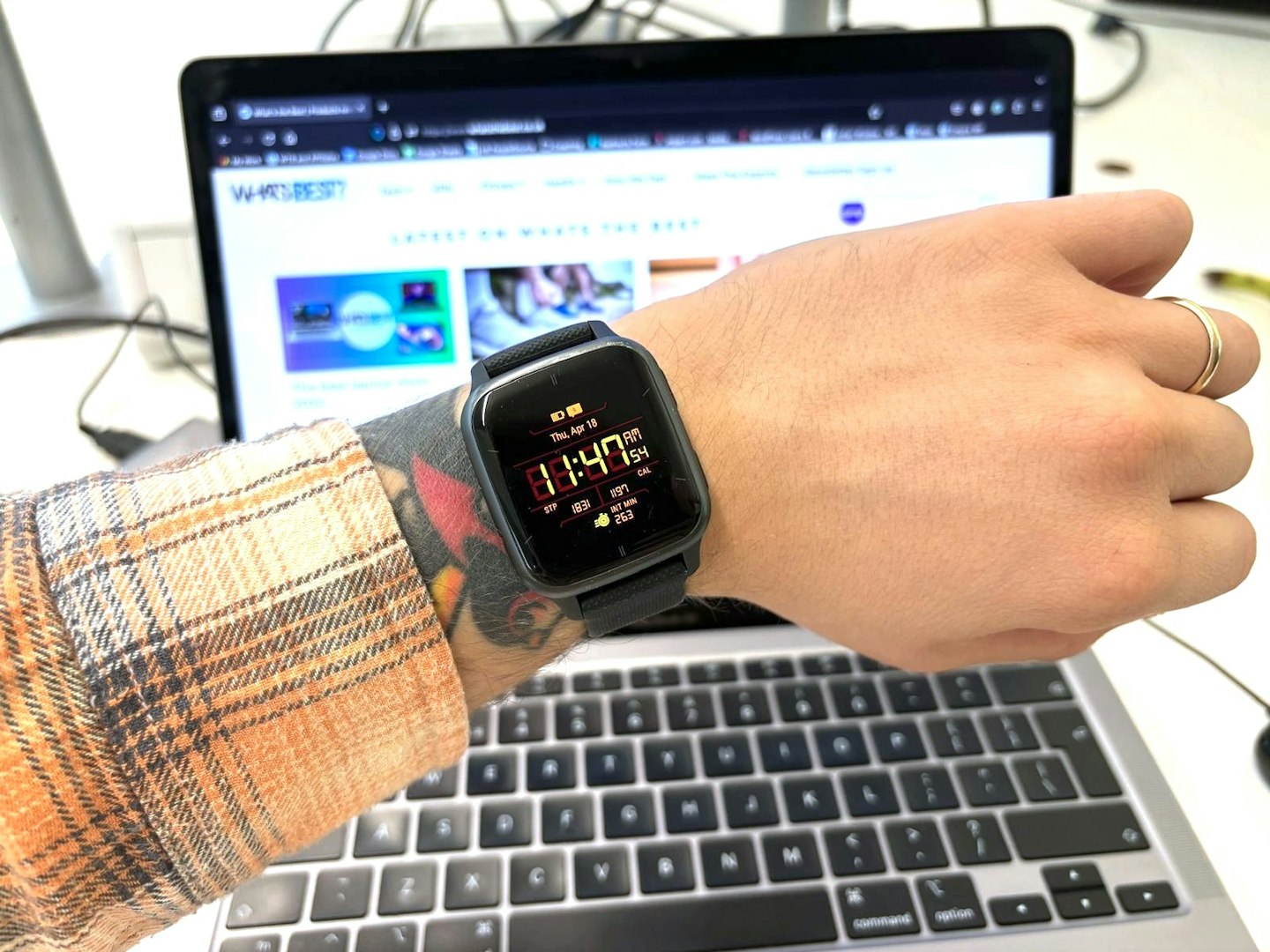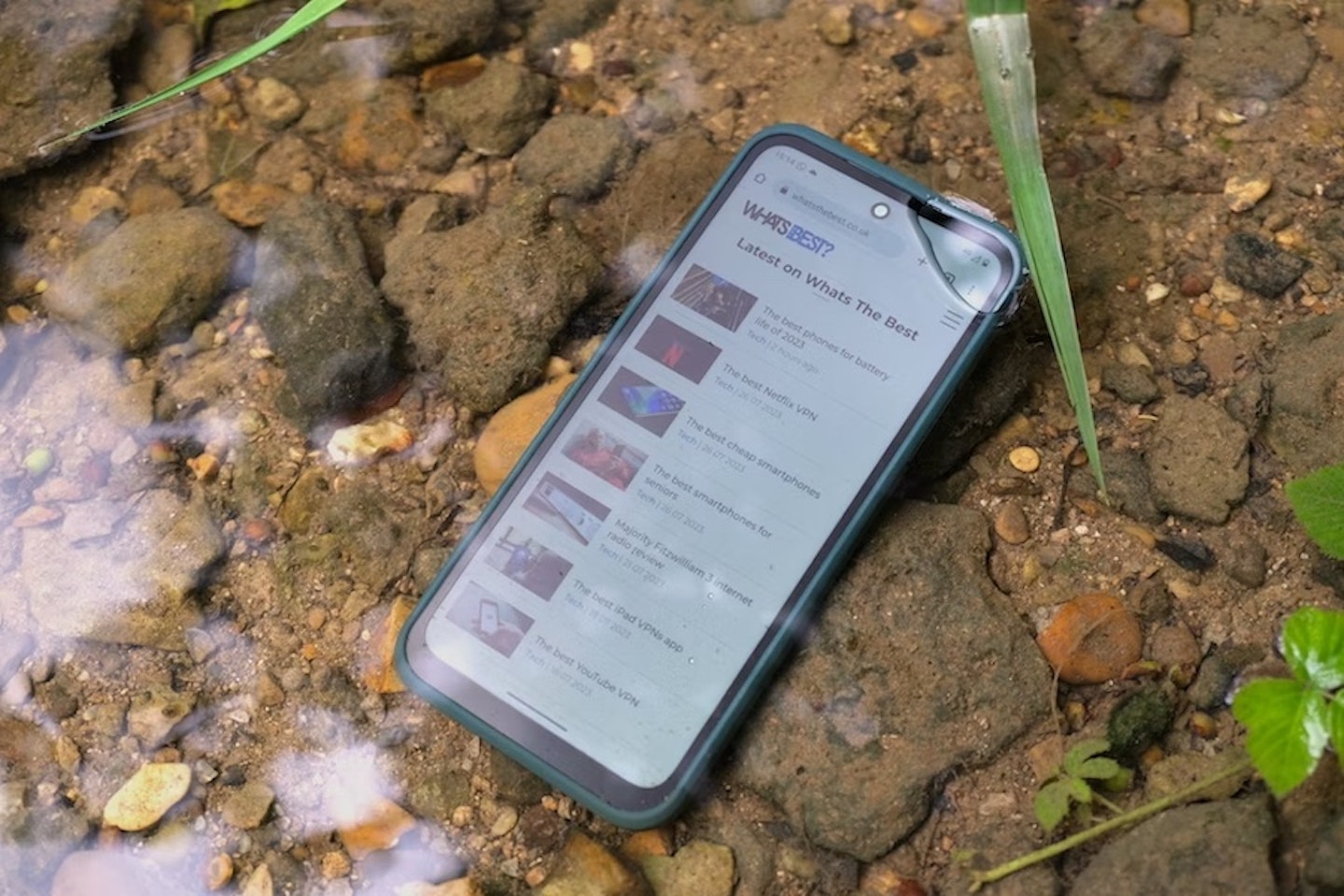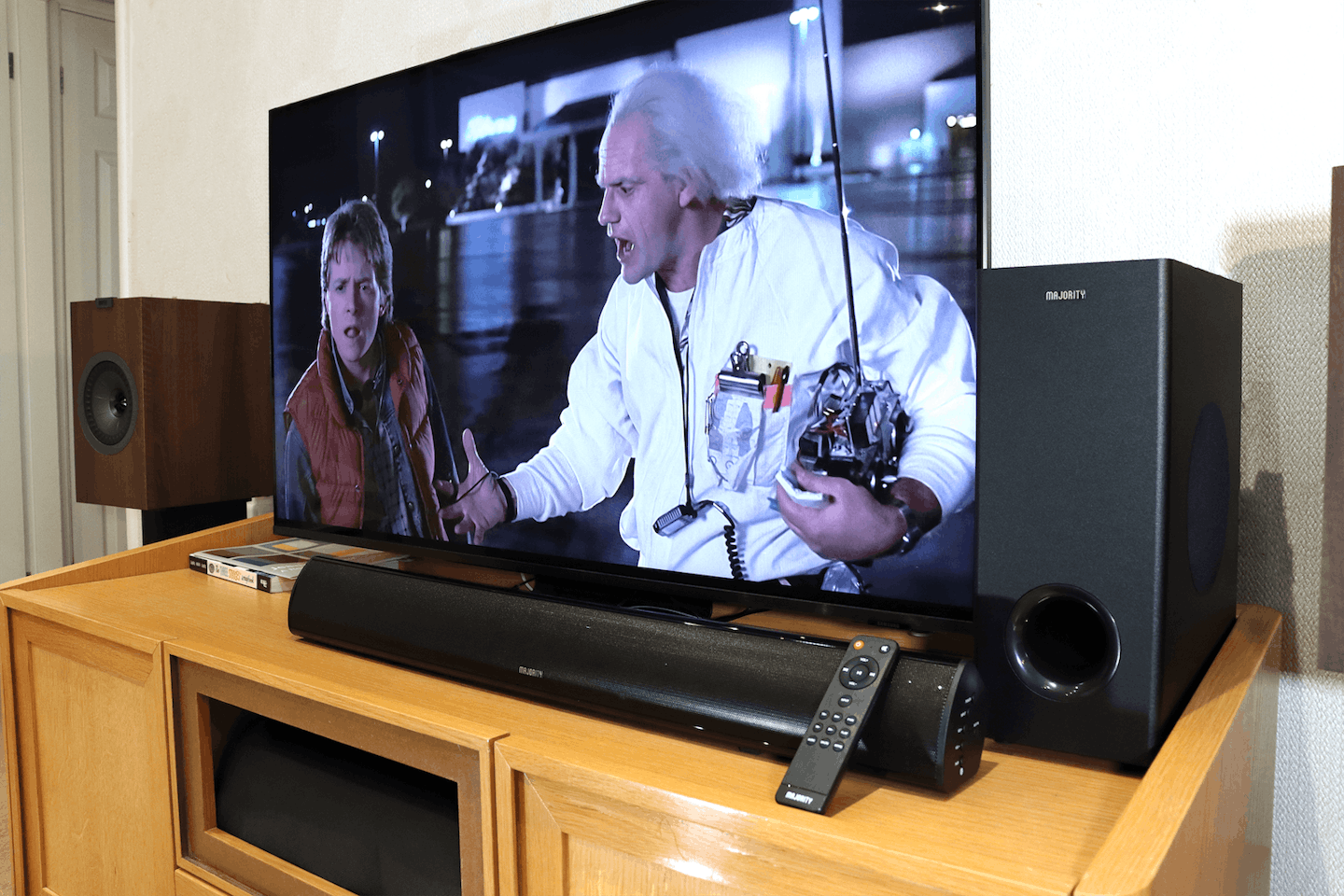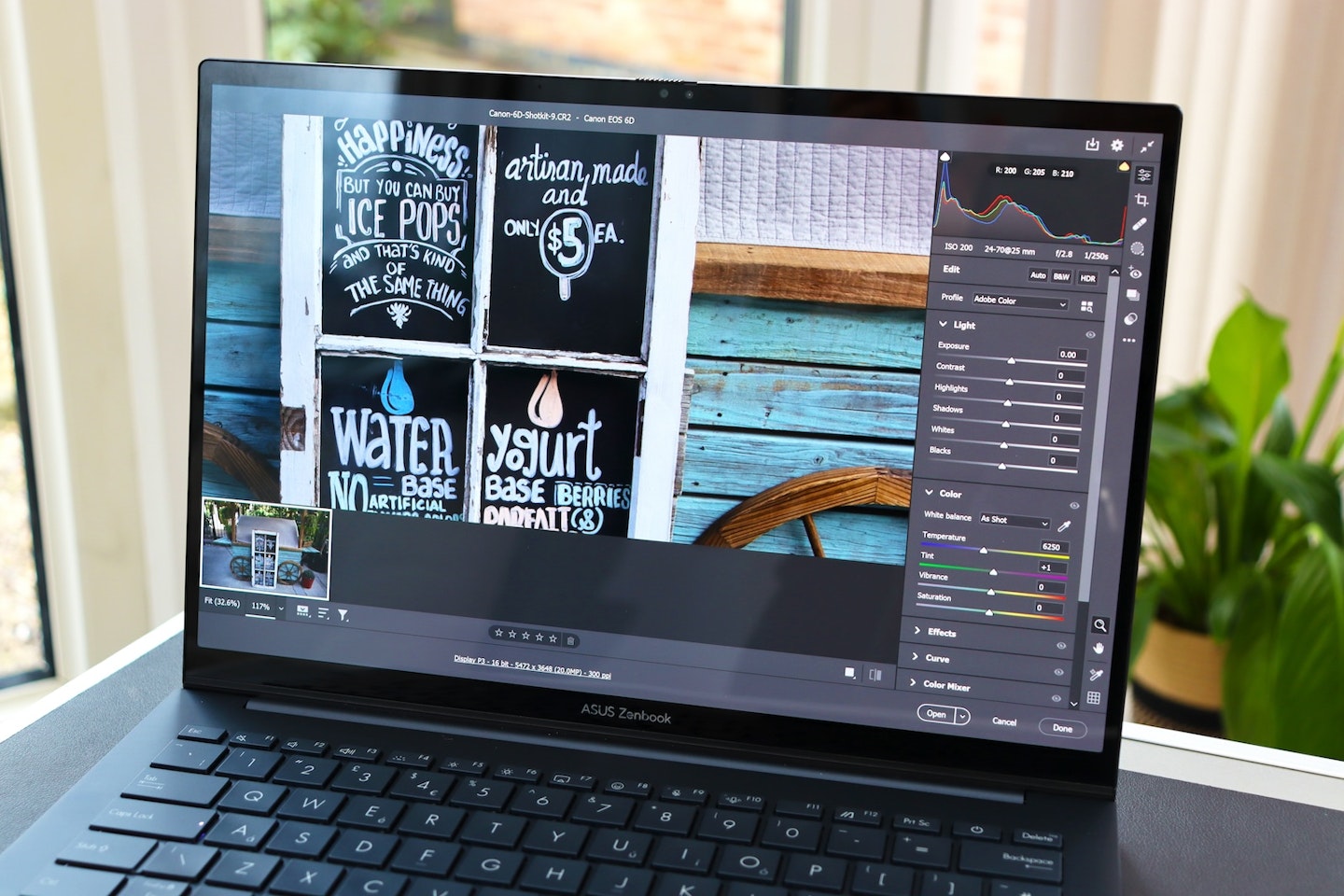At What's The Best, we deliver straightforward reviews grounded in real-world testing by our team of experts. This philosophy underpins all our tech and electronic reviews and hands-on tests. Instead of relying on fancy frequency analysers, we integrate products into our daily lives, using them just as any regular customer would. This approach allows us to provide honest feedback, free from stats and marketing, about what truly works and what doesn't.
While statistics, lab tests, and result graphs can be useful, they don't always convey a product's true value. That's why we focus on giving you a genuine sense of what it's like to use a product in your daily routine. Whether we're reviewing laptops, e-readers, or smartphones, our aim is to offer insights that help you make informed decisions.
Here’s an example of the kind of articles we use our expertise and hands-on testing to inform:
What are tech and electronics?

Tech and electronics are two words used frequently in the modern world, but what do they mean, and are they different things? Yes and no. Electronics focus on the hardware components and their functions, while tech includes a broader range of innovations that leverage these electronics to create integrated, functional systems and devices.
Electronics
Electronics are devices that use electricity to operate, either from mains power or a battery. It can refer to consumer electronics, wearables, home and audio-visual (AV) equipment.
Consumer electronics: Smartphones, e-readers, laptops, TVs and gaming consoles.
Wearables: Smartwatches, fitness trackers and smart rings.
AV equipment: Headphones, speakers, soundbars, TVs and projectors. For sound-based equipment, we have a specific page talking about how we test audio gear.
Tech
Tech, or technology, is a catch-all term that refers to many of the same areas as electronics but also other areas of innovation and practical development applications.
Mobile tech: Devices and applications designed for mobile use, such as smartphones, tablets, and mobile apps, which enable communication, entertainment, and productivity on the go.
Software and apps: Programs and applications run on various devices, from operating systems and productivity tools to gaming and entertainment software.
Smart home tech: Systems and devices that automate and control various home functions, such as lighting, heating, and security, often through smartphone integration and voice assistants.
Emerging tech: Cutting-edge innovations such as artificial intelligence (AI), virtual reality (VR), augmented reality (AR), and the Internet of Things (IoT) that are reshaping industries and lifestyles.
How we test tech and electronics

At What’s The Best, our approach to testing and reviewing tech and electronic products is grounded in real-world experiences. While statistics and graphs have their place, we prioritise sharing with you, our readers, what it’s like to live with, use, and incorporate a product into your daily routine.
This philosophy extends to our audio reviews and hands-on tests. We immerse ourselves in the devices as regular customers would. Testing tech and electronic equipment with simplicity in mind, we unpack the test product and start using it in our day-to-day life as the product is intended.
For example, with a smartphone, we will transfer our data and switch our SIM card into it, just as you would if you had purchased a new phone. You can take a look at our Nokia XR21 review as an example of what we mean.
The same goes for bigger products, like record players. In our review of the Cambridge Audio Alva ST, expert Chris Duffill installed the turntable into his audio setup and used it as if it were his own purchase.
Throughout this everyday testing process, we leverage our experience and expertise to evaluate the performance of the product. When it’s going well, we’re thrilled and do all we can to demonstrate this in our write-ups. Likewise, if something falls short, we feel obligated to share this insight to keep our readers informed.
How long we test electronics and tech for
As for the duration of our testing, we don’t adhere to strict timelines. Instead, we rely on our experience and expertise to determine when we’ve gathered sufficient information about a product. On average, this takes at least a few weeks, with some reviews extending into months. We believe in allowing the product to settle into our lives, unveiling its strengths and weaknesses through prolonged testing.
How we score tech and electronics

When it comes to assessing consumer technology and electronics, there are several key areas we focus on to provide comprehensive and insightful reviews. These include:
Build. We meticulously examine the build quality of each device to ensure it is robust and well-constructed. This includes assessing the durability of materials, the design’s resilience, and the overall craftsmanship. For portable devices, we test sturdiness during daily use and transport. If the product is battery-powered, we thoroughly test its battery life on a single charge and evaluate the recharge time to provide a complete picture of its capabilities.
Usability. Usability is a cornerstone of our reviews. We consider the user interface for things like intuitive controls and ease of navigation. We also evaluate any accompanying smartphone app, if available, for its functionality and ease of use. Additionally, we test how seamlessly the device integrates with other gadgets and platforms.
Performance. We rigorously test the product's performance in various scenarios to ensure it meets its claims. This includes running benchmark tests, multitasking, and stress-testing the device under heavy usage to identify any potential issues.
Features. For devices boasting additional features, we test these extensively. For example, for smart home devices, we evaluate how well they integrate with other smart ecosystems and their ease of use in everyday tasks.
Display and graphics. For devices with screens, such as laptops, tablets, and smartphones, we assess the display quality, including resolution, colour accuracy, brightness, and responsiveness. For gaming devices, we also consider graphics performance, refresh rates and frame rates.
Connectivity. We test the device’s connectivity options, including Wi-Fi, Bluetooth, and any other relevant connections, to ensure reliable and fast connections. We also check the ease of setting up, reestablishing and maintaining these connections.
Price and competition: We evaluate the product’s market position relative to its competitors and its overall value. This involves balancing quality and performance with the price tag to determine if the product offers good value for money.
Similar products to consider. We suggest alternative products that meet similar needs, offering options that cater to various budgets, from more affordable to premium choices.
Scoring and transparency. Our reviews culminate in a star rating out of five, reflecting our unbiased and highly informed opinion. We maintain editorial independence, ensuring our reviews are not influenced by brands or manufacturers. If a brand or manufacturer disagrees with our score for valid reasons – for example, if they believe we tested a defective unit – we include a disclaimer in our review explaining their position and update the score if subsequent testing of a new unit warrants a change.
Our goal is to provide you with clear, honest, and thorough reviews to help you make informed decisions about consumer technology and electronics.
Testing imagery for electronics and technology

The images included in our reviews of consumer technology and electronics are primarily original, taken by our expert reviewers as they use and test the products. Sometimes they are taken out and about, other times in the office or home.
Most of our reviewers use their smartphones to take pictures, but those with cameras often use them for particularly high-quality shots and close-ups. We include images that reinforce our reviews, showcase features, and give readers a realistic impression of the product. Our goal is to complement our written evaluations, offering a comprehensive understanding of each device’s look, feel, and functionality.
We use stock imagery only when necessary – for example, to show the inner workings of a device that cannot be captured through standard photography.
How do we get items to test?
Acquiring products for review can happen in a few ways. Brands or PR companies may send sample items, and occasionally, What’s The Best purchases items for testing. Some products are shipped for a loan period, while others, especially earphones for hygiene reasons, become permanent additions to our collection.
Regardless of the product’s origin, we ensure that our final review remains genuine, reflecting our firsthand experiences. Our evaluations maintain impartiality, offering commendation when deserved and criticism when necessary.
Occasionally, we may receive commission or other compensation through product links, which aids in our mission to provide valuable product advice while upholding the integrity of our reviews.
